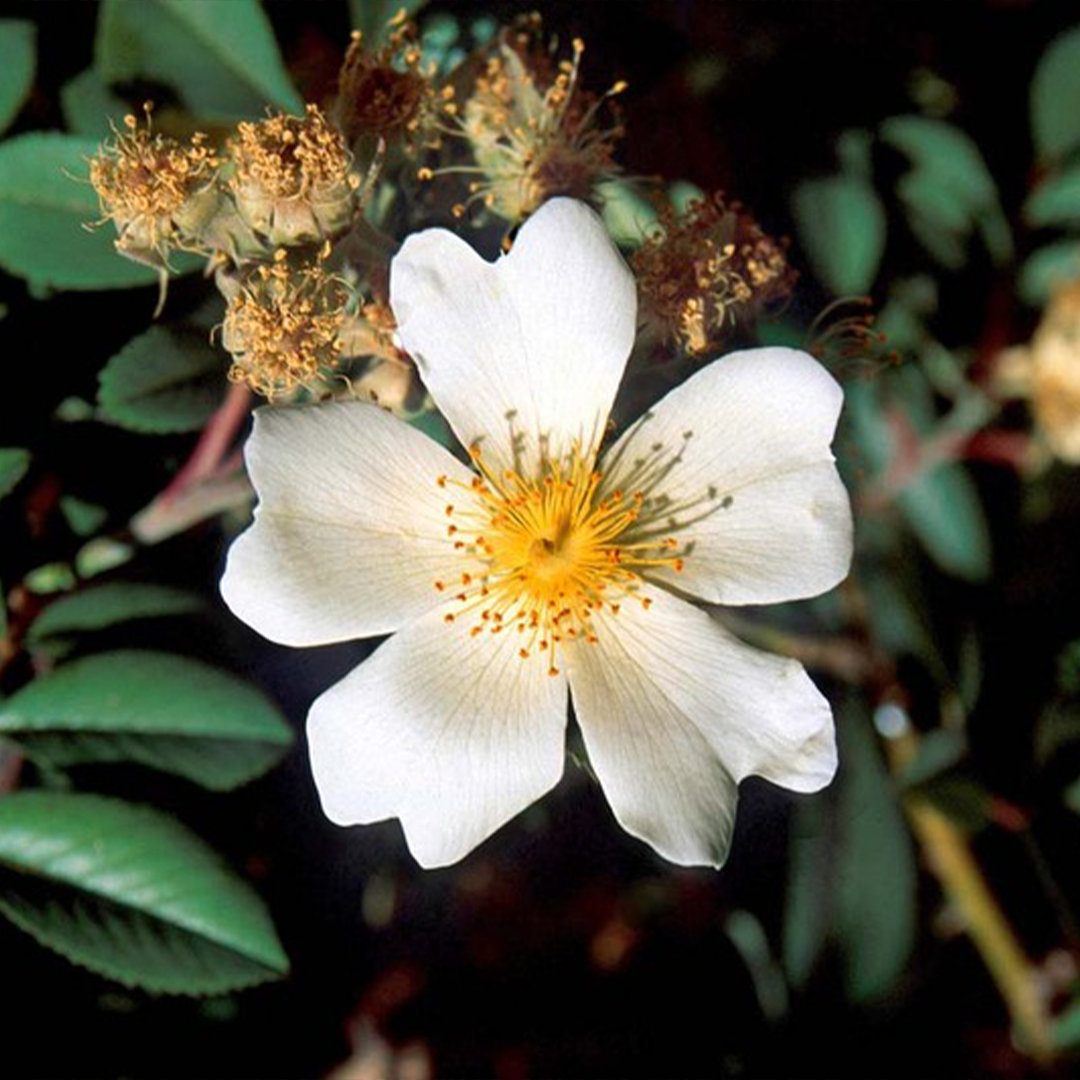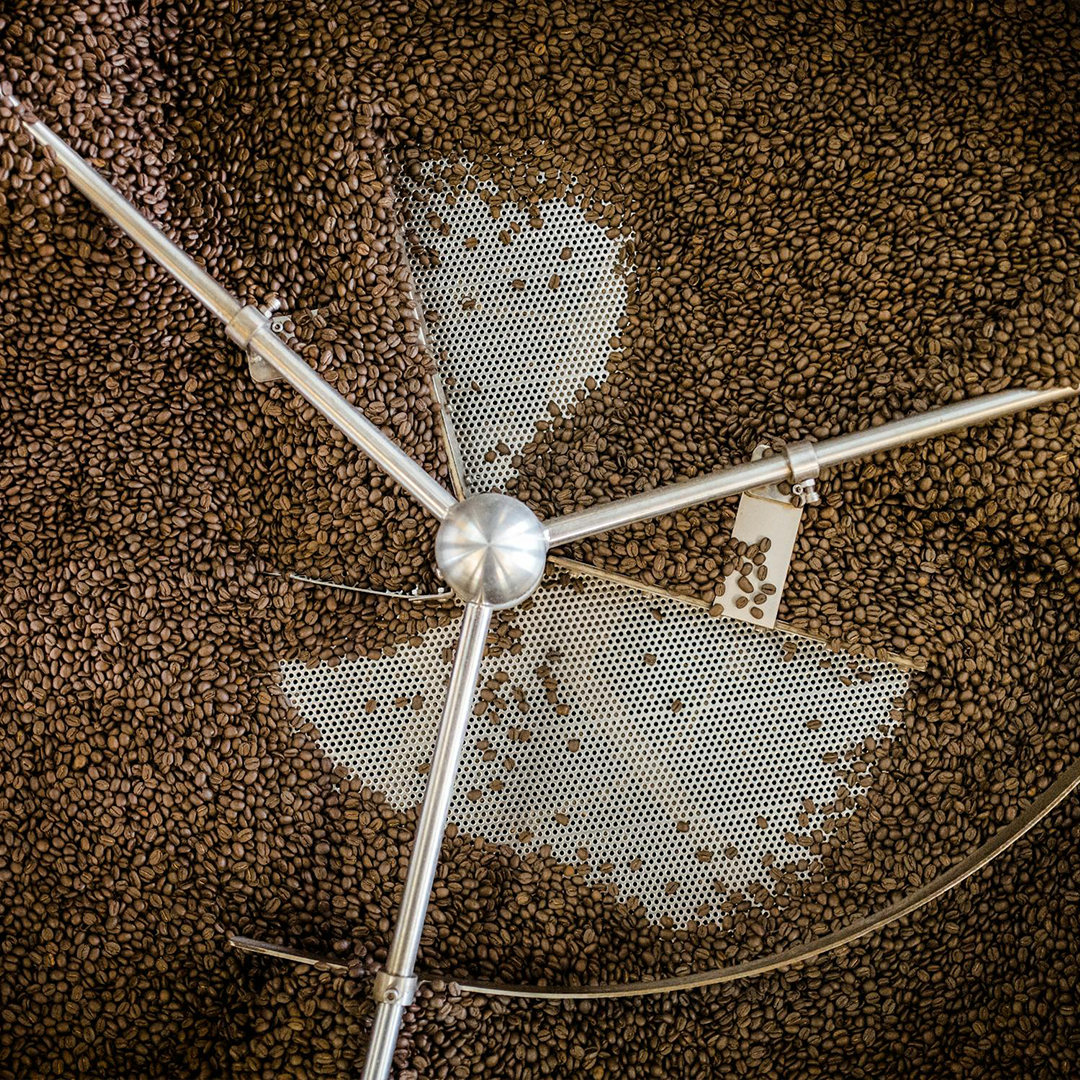We see “Arabica coffee” on café menus and supermarket shelves as a byword for good coffee. But have you ever wondered… why call it Arabica? After all, the coffee plant didn’t originate in Arabia at all. Coffea arabica, the species behind our beloved brew, is native to Ethiopia. Yet, its name credits the Arabian Peninsula. So how did that happen?
Let’s unpack the history.

1. A Yemeni brew goes global
The earliest credible evidence of coffee drinking comes from Sufi monasteries in Yemen around the mid-1400s [1]. In those days, coffee beans were harvested, roasted and brewed in southern Arabia (Yemen), where the habit of drinking coffee took hold among monks and traders. Yemen became the world’s first major coffee hub. For about two centuries, this small corner of the Arabian Peninsula (historically known as Arabia Felix) held a virtual monopoly on the coffee trade [2]. If you wanted coffee in the 16th or 17th century, you almost certainly got it from the Arabs. Often via the Yemeni port of Mocha which lent its name to the famed Mocha coffee.
Because of this Arabian dominance, Europeans and other newcomers to coffee naturally thought of it as an Arabian product. Early Europeans often referred to it simply as “Arabian coffee,” associating the drink with its primary exporters. The word “Arabica” itself entered the coffee lexicon around this time, reflecting that origin story. In short, coffee was born in Africa, but it was the Arabs who spread it far and wide, and they got the credit in the name.
Read coffee Species: Arabica, Robusta and others

2. An Ethiopian plant with an Arabian name
As mentioned already: Arabica coffee isn’t from Arabia at all. The plant that gives us Arabica coffee hails from the lush highlands of Ethiopia in East Africa. Wild coffee shrubs grew in Ethiopia’s Kaffa region (the place that likely gave coffee its name) long before anyone transplanted them to Yemen [3]. So why don’t we call it Ethiopian coffee? Because by the time coffee reached the wider world, it was firmly associated with Arabia.
In the 1500s and 1600s, coffee cultivation took off in Yemen and the broader Arabian Peninsula, and that’s where outsiders first encountered it. The name “Arabica” was given later on, all because the beans had gained fame through Arabian hands. In other words, it’s a geographic misnomer, a case of mistaken identity. It’s a bit like how Turkish delight isn’t from Turkey or how “English muffins” aren’t originally English; early trade and perception trumped actual origin. By the time people realised Ethiopia was the true birthplace of coffee, it was too late. Coffea arabica had already been so named and celebrated as the coffee of Arabia.
Read why do we call them coffee beans and not seeds?

3. Botanists formalise Coffea arabica
The scientific christening of Arabica coffee cemented the name in history. European botanists in the 18th century formally described the coffee plant and, unsurprisingly, linked it to Arabia. In 1713, the French scientist Antoine de Jussieu studied a coffee plant (reportedly brought from Yemen to the Amsterdam botanical gardens) and initially classified it as a type of jasmine, naming it Jasminum arabicum [4]. A few decades later, in 1737, the Swedish botanist Carl Linnaeus corrected that classification and placed the plant in a new genus Coffea, giving it the species name arabica. From then on, the coffee plant was enshrined in Latin as Coffea arabica [5].
Why arabica? Linnaeus simply followed convention and geography: the plant was known through Arabia, so he used the Latin word for “from Arabia.” In taxonomy, arabica is the feminine form of arabicus, meaning “Arabian” [6]. The very name is a nod to where Europeans thought the plant came from. Even as knowledge of coffee’s Ethiopian origins spread later, the Latin name couldn’t be changed easily (scientific names have priority once established). Arabica it remained, on paper and in practice.
It’s worth noting that Coffea arabica is just one species of coffee but it’s the one that was discovered first by science and cultivated globally. Another species, Coffea canephora (known as Robusta), was identified much later (late 19th century) once explorers found different coffee plants in Central Africa [7]. By then, arabica had become synonymous with the idea of coffee for Europeans. So in the coffee taxonomy, Arabia got the spotlight while Ethiopia’s role stayed in the background.
Read caffeine in different types of coffee.

4. The name spreads around the world
Once the Arabs and Europeans began spreading coffee plants beyond Yemen, the name Arabica travelled with them. During the 1600s and 1700s, Dutch, French, and British traders smuggled live coffee seeds and plants out of Yemen to cultivate in their colonies. The Dutch succeeded in transplanting coffee to India by the mid-17th century, then to Ceylon (Sri Lanka) and further to their East Indies colonies. By 1699, Dutch horticulturalists had established coffee on the island of Java in Indonesia - giving rise to “Java coffee” [2]. The French took coffee plants (descended from the Yemeni stock) to the Caribbean and Latin America in the 18th century. Within a few generations, Coffea arabica was growing on five continents.
Throughout this global journey, people kept referring to the plant as “Arabian coffee.” In fact, many languages mirrored the Latin name: French café arabica, Spanish café arábica, Indonesian kopi arabika. Even in places far from Arabia, the term Arabica was used to distinguish this prized coffee plant. The name had become universal shorthand for the coffee bean everyone loved.

5. Arabica as a mark of quality
Today, “100% Arabica” on a coffee bag is virtually a boast of quality. Over centuries, Arabica has built a reputation as the superior coffee species, known for its sweeter, more nuanced taste. It dominates the world of coffee production, accounting for roughly 60-70% of all coffee grown [8]. Coffee drinkers have long prized Arabica for its delicate and aromatic flavour, often described as smoother and more complex than its sturdier cousin, Robusta.
The association of Arabica with high quality became even stronger in the 20th century. As Robusta coffee (generally considered harsher and more bitter) entered the market in a big way, coffee companies started emphasising when their blends were pure Arabica. By the mid-20th century, labels proclaiming “100% Arabica” appeared as a marketing tool to signal a premium product[9]. In other words, Arabica wasn’t just a botanical term anymore; it was a brand.
To this day, Coffea arabica is seen as the highend choice. From your local cafe’s single origin Ethiopian Arabica to big name coffee chains bragging about their Arabica blends, the name carries a positive connotation. It’s a remarkable legacy for a name that, historically speaking, is a bit of a mistake.
Read what is specialty coffee? And how we go beyond it.

So… why do we call it Arabica?
It comes down to history and habit. The early Arabian traders and Yemeni coffee farms gave the world its first taste of coffee and the world named the plant in their honour (even if the plant itself was an Ethiopian native). European botanists codified that mistake by immortalising “Arabica” in the species' name. From there, centuries of commerce and culture ran with it. Once Arabica entered the lexicon, from farm ledgers to coffee house menus, it never left.
So the next time you sip your 100% Arabica coffee, you’ll know: the name in your cup is a story of global history. Coffee’s journey from Ethiopian forests to Yemeni ports and beyond is encoded in that single word “Arabica.” Misnamed or not, what matters most is that it’s delicious. As coffee lovers, we’re grateful for the journey that brought Arabica to our cups.
Sources
Allen, S. (1997). “Yemen’s Well-Traveled Bean.” Saudi Aramco World. https://archive.aramcoworld.com/issue/199703/
Pendergrast, M. (2010). Uncommon Grounds: The History of Coffee and How It Transformed Our World. Basic Books.
Royal Botanic Gardens, Kew. Plants of the World Online – Coffea arabica. https://powo.science.kew.org/taxon/urn:lsid:ipni.org:names:481035-1
Ukers, W. H. (1922). All About Coffee. The Tea and Coffee Trade Journal Company. https://www.gutenberg.org/ebooks/28500
Linnaeus, C. (1753). Species Plantarum. Stockholm.
Merriam-Webster Dictionary. Entry for “Arabica.” https://www.merriam-webster.com/dictionary/Arabica
World Coffee Research. Arabica Coffee Genetics & Taxonomy. https://worldcoffeeresearch.org/work/arabica-coffee/
International Coffee Organization. World Coffee Consumption and Production Reports. https://www.ico.org/
Smith, V. J. (2014). The Oxford Companion to Food. Oxford University Press.
Dictionary.com. Entry for “Arabica.” https://www.dictionary.com/browse/arabica



